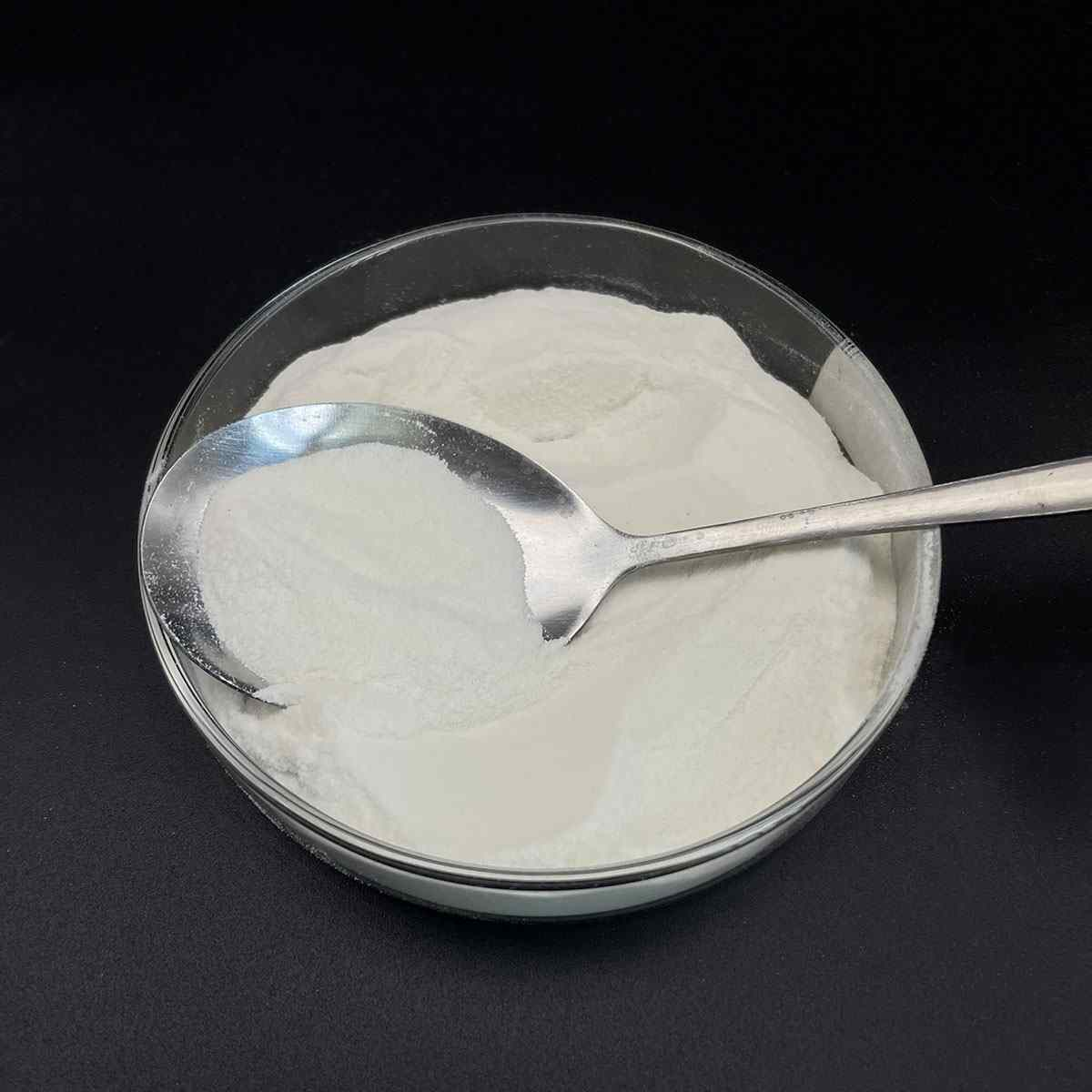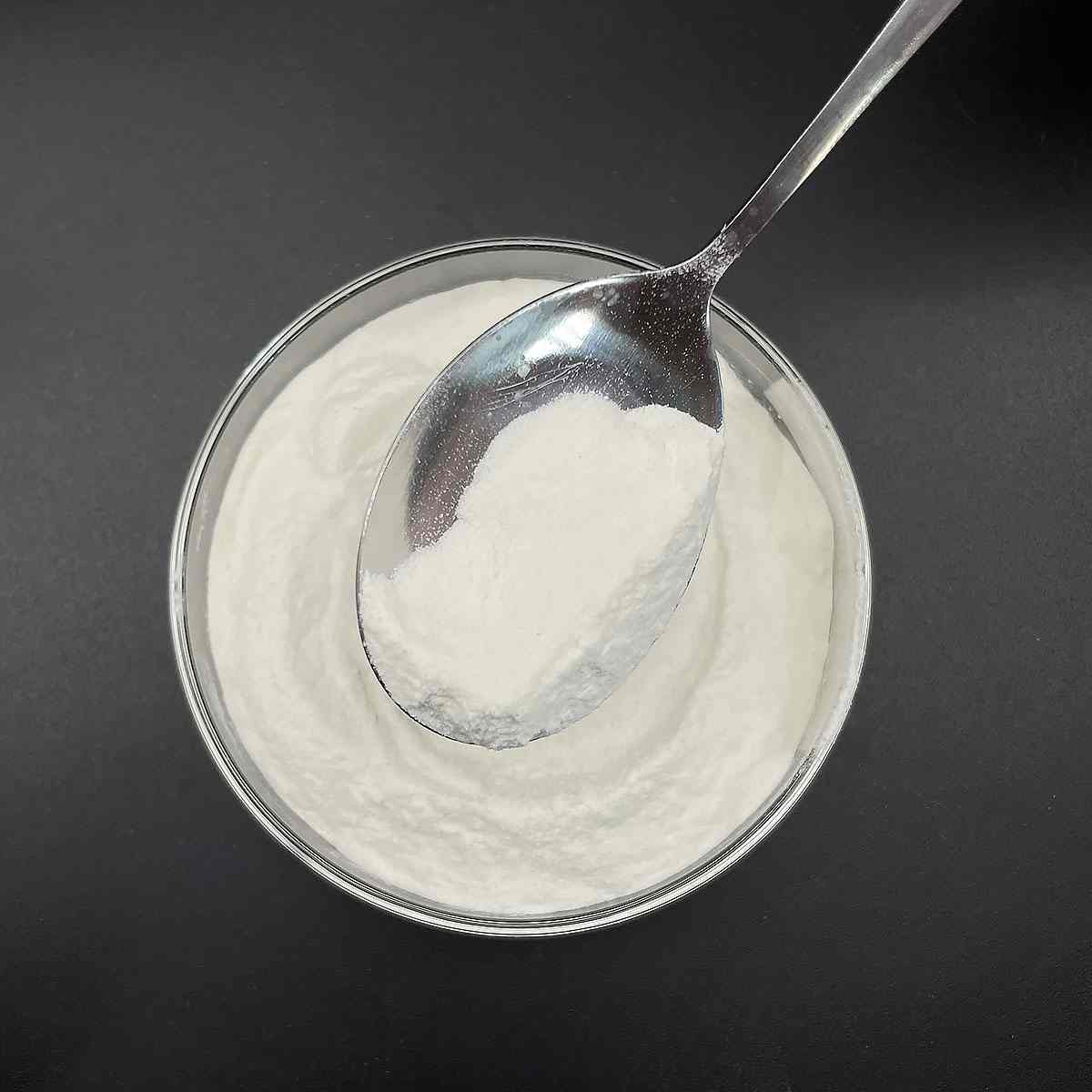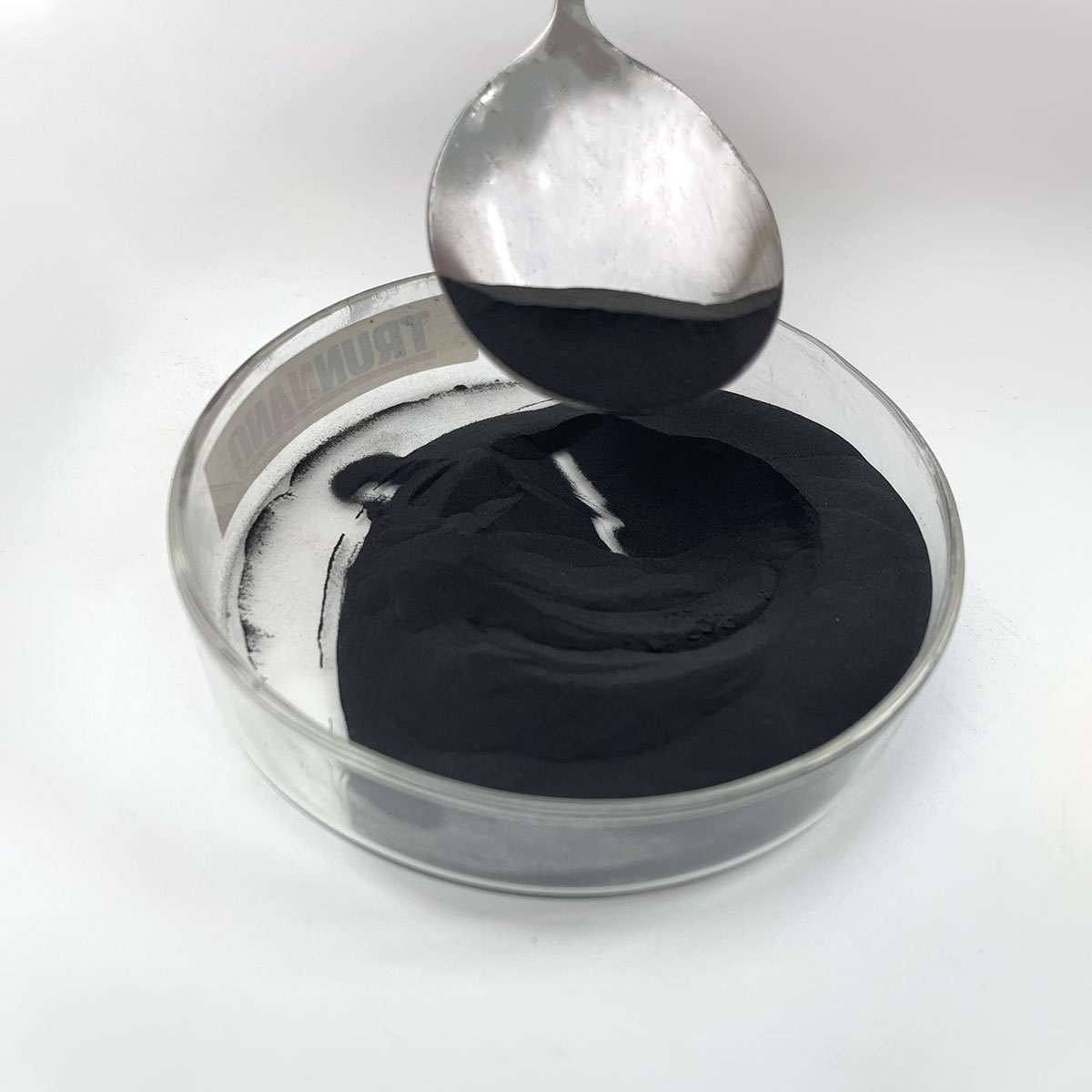1. Introduction
In the past 48 hours, agricultural technology leaders have spotlighted a surge in demand for next-generation herbicide adjuvants that maximize efficacy while minimizing environmental impact. At the heart of many of these formulations lies a familiar yet underappreciated compound: sodium lauryl sulfate (SLS). Though widely recognized as a foaming agent in shampoos and toothpastes, SLS—also known as sodium dodecyl sulfate—has carved out a critical niche in advanced crop protection systems.

Farmers and agronomists are increasingly turning to SLS not just for its cost-effectiveness, but for its powerful surfactant properties that improve herbicide performance on waxy or hairy weed surfaces. This shift reflects a broader trend toward precision agriculture, where every drop of chemical must count.
2. Sodium Lauryl Sulfate as a Surfactant for Herbicides
At its core, a surfactant—short for ‘surface-active agent’—reduces surface tension, allowing liquids to spread and penetrate more effectively. In herbicide applications, this means better coverage and faster uptake of active ingredients like glyphosate or 2,4-D.
Sodium lauryl sulfate is an anionic surfactant, meaning it carries a negative charge in solution. This property helps it interact strongly with plant cuticles, disrupting waxy barriers and enabling herbicides to enter leaf tissues more efficiently. Compared to non-ionic surfactants like polysorbate 80 or ethoxylated alcohols, SLS offers superior wetting on difficult-to-treat weeds.
- Enhances droplet adhesion on hydrophobic leaf surfaces
- Lowers surface tension more aggressively than many non-ionic alternatives
- Works synergistically with methylated seed oil (MSO) to boost systemic herbicide movement
- Cost-effective for large-scale agricultural use
3. Blending SLS with Other Surfactants for Optimal Performance

While SLS alone is effective, modern herbicide adjuvants often combine it with other surfactant types to create balanced, multi-functional blends. For instance, pairing SLS with amphoteric surfactants like cocamidopropyl betaine (also called coco betaine or amidopropyl betaine) can reduce phytotoxicity while maintaining penetration power.
Similarly, adding bio-surfactants such as decyl glucoside or coco glucoside improves biodegradability without sacrificing performance. These blends are especially useful in organic or low-residue farming systems.
Cationic surfactants like cetyl trimethyl ammonium bromide (CTAB) are generally avoided in herbicide mixes due to their tendency to bind with anionic herbicides, reducing efficacy. However, in specific formulations targeting fungal pathogens, carefully balanced anionic-cationic systems may be employed.
Other common co-surfactants include sodium lauroyl sarcosinate, sodium cocoyl isethionate, and sodium lauryl ether sulfate (also known as sodium lauryl ether sulphate or SLES). Note that SLES is distinct from SLS—while both are anionic, SLES is milder and less aggressive as a wetting agent, making it less ideal for tough weed control.
4. Why SLS Outperforms Alternatives in Certain Scenarios
Not all surfactants are created equal. Sodium dodecylbenzene sulfonate, another anionic surfactant, is cheaper but less effective on waxy broadleaf weeds. Non-ionic surfactants like Span80 or Pluronic 127 (poloxamer 188) offer good spreading but lack the cuticle-disrupting power of SLS.

Fluoro surfactants deliver extreme wetting but are expensive and face regulatory scrutiny. Meanwhile, lignin sulfonate—often used as a dispersant—doesn’t function well as a primary wetting agent.
For lawn care professionals using products like ‘Grass Beater Over the Top,’ adding SLS as a wetting agent for grass ensures even coverage and prevents beading. In fact, many commercial ‘lawn wetting agents’ now list sodium lauryl sulfate for sale as a key active ingredient.
5. Safety, Regulation, and Future Trends
Despite its effectiveness, SLS has faced consumer backlash in personal care due to skin irritation concerns. However, in agricultural contexts, exposure routes differ significantly, and regulatory bodies like the EPA evaluate it based on environmental fate and crop safety—not dermal sensitivity.
Manufacturers like Rohit Surfactants Private Limited are now producing high-purity SLS grades specifically labeled for agrochemical use, often blended with alkyl polyglucoside or ammonium lauryl sulfate to fine-tune performance.
Looking ahead, research is focusing on hybrid systems that combine SLS with bio-surfactants like sodium cocoyl glutamate or sodium deoxycholate to create ‘green’ adjuvants that don’t compromise on weed kill rates.
6. Conclusion
Sodium lauryl sulfate may be best known from your shampoo bottle, but its role as a high-performance surfactant for herbicides is a testament to its versatility. In precision agriculture, where efficiency and sustainability go hand-in-hand, SLS—often blended with methylated seed oil, alkyl polyglucoside, or amphoteric co-surfactants—delivers unmatched wetting and penetration. As farming continues to evolve, this humble anionic surfactant will likely remain a cornerstone of smart herbicide delivery.
Our Website founded on October 17, 2012, is a high-tech enterprise committed to the research and development, production, processing, sales and technical services of ceramic relative materials such as How. Our products includes but not limited to Boron Carbide Ceramic Products, Boron Nitride Ceramic Products, Silicon Carbide Ceramic Products, Silicon Nitride Ceramic Products, Zirconium Dioxide Ceramic Products, etc. If you are interested, please feel free to contact us.


